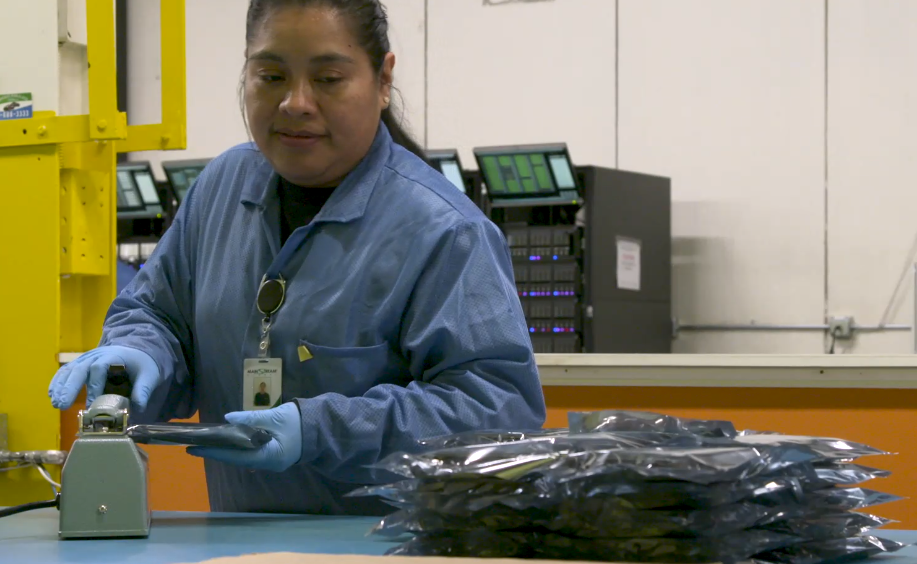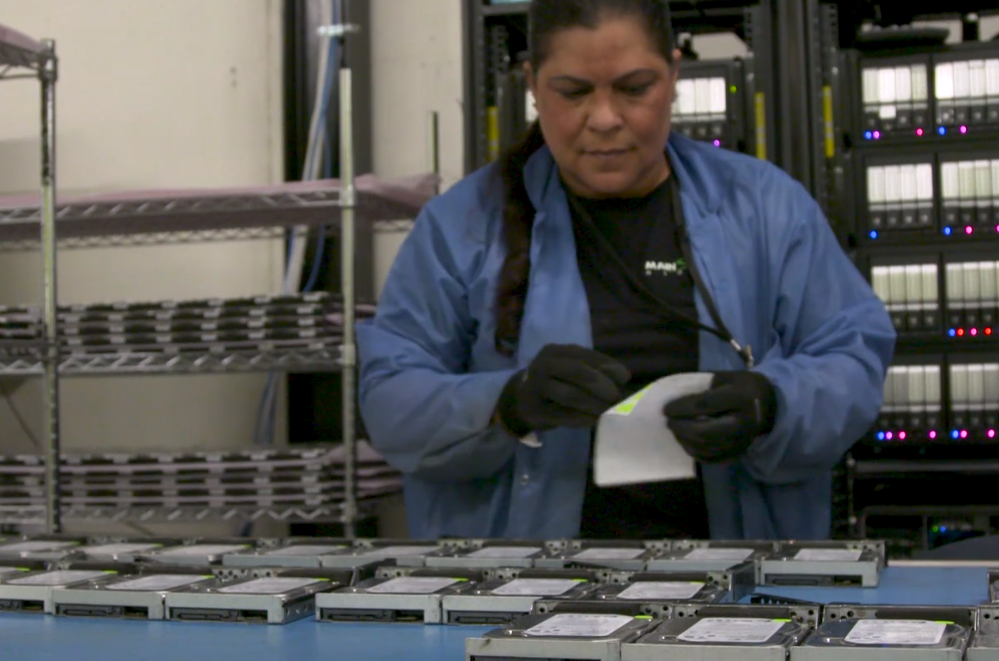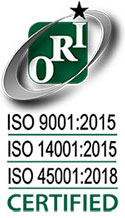
Although the Internet of Things (IoT) has existed for a while, we are currently experiencing one of the sharpest growth curves to date. A recent report issued by Transparency Market Research shows the industrial IoT market is projected to grow at a CAGR of 24.3% until 2026.
As the consumer and industrial IoT markets expand, storage hardware will be replaced with networked systems, leaving large volumes of legacy hardware obsolete and ready for redeployment.
Is your organization prepared to face this new reality? Do you have an asset disposal plan in place that takes both the environment and data destruction into consideration?
The increase in demand for asset upgrading has resulted in a renewed focus on data security and the development of new protocols for mass-hardware redeployment. But the surging IoT market also puts an unexpected twist on the traditional asset disposal plan.
What does a solid asset disposal plan look like?
A solid asset disposal plan (not considering IoT) typically begins when the hardware is still in service. A good program includes a documented process for the removal, packaging, and transportation of product to the reverse supply chain partner, as well as the movement of hardware within the organization.
In the coming years, this part of the plan will become increasingly important as the need for data protection grows. We are likely to see government-mandated protocols for every piece of hardware, from the time it leaves service to the time it reaches its final destination, whether that destination is redeployment or recycling.
Escalating data security issues lead to demand for more secure asset disposal plans
As the IoT becomes omnipresent in our lives, calls for improved data security are bound to follow. So, what happens when these IoT smart devices, which have been collecting data for years, are at the end of their lifecycle? It would be wise to configure a plan now for their secure recovery and recycling.
This article by ReTHINK Research Technology suggests the creation of all new protocols for the tracking and recapture of IoT hardware. In other words, the asset disposal plan will also encompass the beginning of the life of an IT asset.
Choosing the right an ITAD partner
Competition in the redeployment market will become fierce with the massive influx of product. A certified and established partner, like Mainstream Global, has the experience, knowledge and global presence in place to ensure you achieve the highest ROI, while always putting your brand and security of your data first.
Contact us today to learn more.
Mainstream Global, Inc., headquartered in Lawrence, Mass., owns and operates ISO 9001, 14001, OHSAS 18001 and R2 certified processing centers in the United States, Colombia, Peru, Chile, Argentina and Brazil. With over 19 years of directly servicing and re-selling assets from top-tier manufacturers, Mainstream Global is the recognized expert. Our partners rely on us for compliance, security, professionalism, and brand protection, all while providing the best returns and prioritizing global environmental standards.
Read more:
To succeed in the circular economy, you need to master reverse logistics.
Think your organization can handle secure data erasure in house? Think again.
Landfills can do without obsolete electronic equipment: what to do instead.





